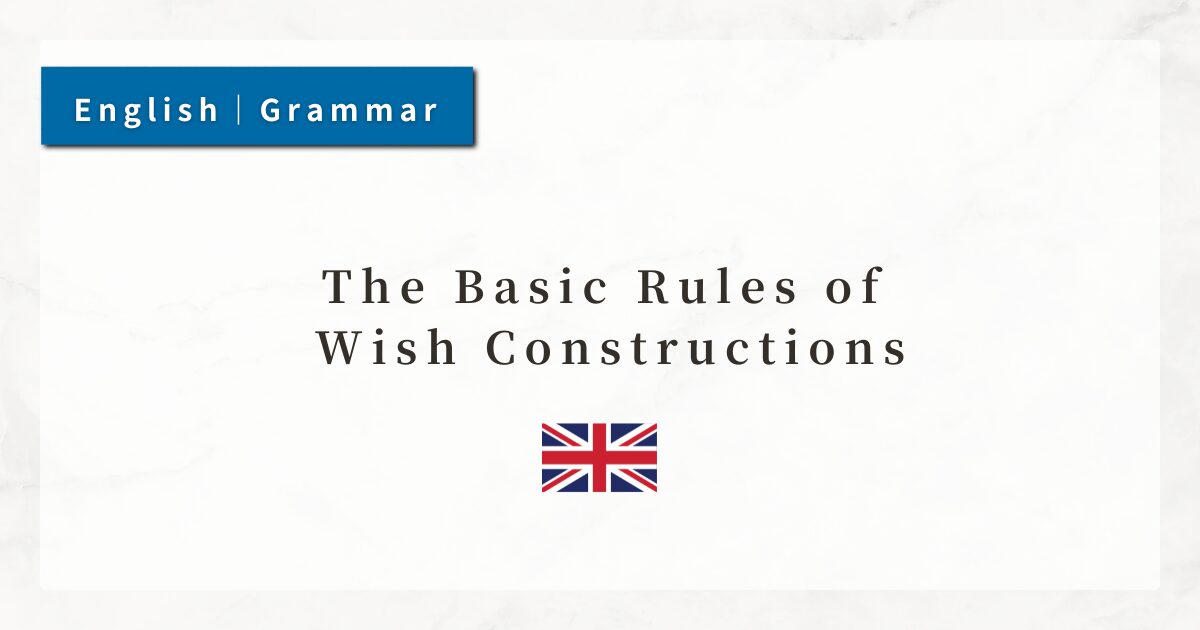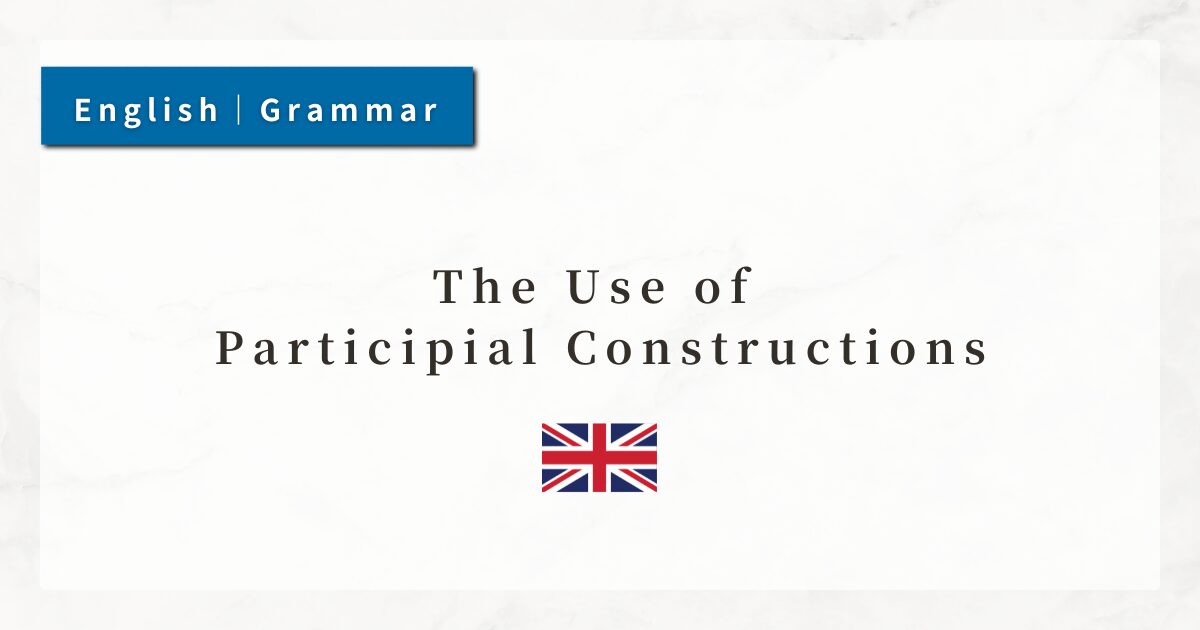#21 How to Form the Past Tense|Usage of Regular and Irregular Verbs

In English, the past tense is used to express actions or events that happened in the past, such as “I did ~ yesterday” or “I went to ~ last week.”
Once you learn the basic rules, your ability to communicate in English, both in conversation and writing, will expand significantly.
In this lesson, I will explain the basic rules of the past tense, focusing on regular verbs and irregular verbs, and how to use them effectively.
1. What Is the Past Tense in English?
Verbs in English have tenses, which indicate the time of an action or event—present, past, or future—by changing the verb form.
The past tense is used to describe actions, events, or states that have already been completed.
- Past events:
I watched a movie yesterday. - Memories from the past:
She lived in Paris ten years ago.
In English, past tense verbs usually take the same form regardless of the subject (with the exception of the verb be). Knowing this rule makes both conversation and reading comprehension much easier.
2. How to Form the Past Tense of Regular Verbs
2-1. Basic Rule: Add -ed to the Base Form
Most English verbs are regular verbs, which form their past tense simply by adding -ed to the base form.
- play → played
- open → opened
- call → called
This rule is simple and consistent, which is why regular verbs are easy to learn.
2-2. Spelling Rules to Remember
Depending on the verb’s spelling, there are a few variations when adding -ed:
Verbs ending in “e”
Add only -d. (love → loved, use → used)
Verbs ending in “consonant + y”
Change y to i and add -ed. (study → studied, carry → carried)
If the verb ends in “vowel + y,” simply add -ed. (play → played)
Short verbs ending in “short vowel + consonant”
Double the final consonant and add -ed. (stop → stopped, plan → planned)
Note: Some exceptions depend on stress and spelling.
3. Irregular Verbs in the Past Tense
English also has many irregular verbs, which do not follow the standard -ed pattern. Their past tense forms must be memorized individually.
Common Irregular Verbs
| Base Form | Past Tense |
|---|---|
| go | went |
| make | made |
| have | had |
| get | got |
| see | saw |
Verbs such as go → went, come → came, and have → had are extremely common in both spoken and written English, so it is useful to learn them first.
4. Forming Negatives and Questions in the Past Tense
For both regular and irregular verbs, negatives and questions are formed using the auxiliary verb did.
Negative form: Subject + did not (didn’t) + base form of the verb
- I didn’t play soccer.
- She didn’t go to school.
The main verb returns to its base form, not the past tense.
Question form: Did + subject + base form of the verb … ?
- Did you watch the movie?
- Did they eat lunch?
Since did already indicates the past, the main verb does not take the past tense form in these structures.
5. Time Expressions Commonly Used with the Past Tense
The past tense is often used with specific time expressions to clarify when an event happened.
Common examples include:
- yesterday
- last night / last week / last year
- two days ago
- in 2020
- when I was a child
Using these expressions makes sentences more natural and precise.
6. Summary
- To describe past events, change the verb into the past tense.
- Regular verbs form the past tense with -ed (play → played).
- Spelling rules apply in certain cases (study → studied, want → wanted).
- Irregular verbs do not follow a fixed pattern and must be memorized, starting with the most common ones.
- In negative and question sentences, use did and return the main verb to its base form.
- Combine the past tense with time expressions such as yesterday, last week, or two days ago to clarify meaning.




